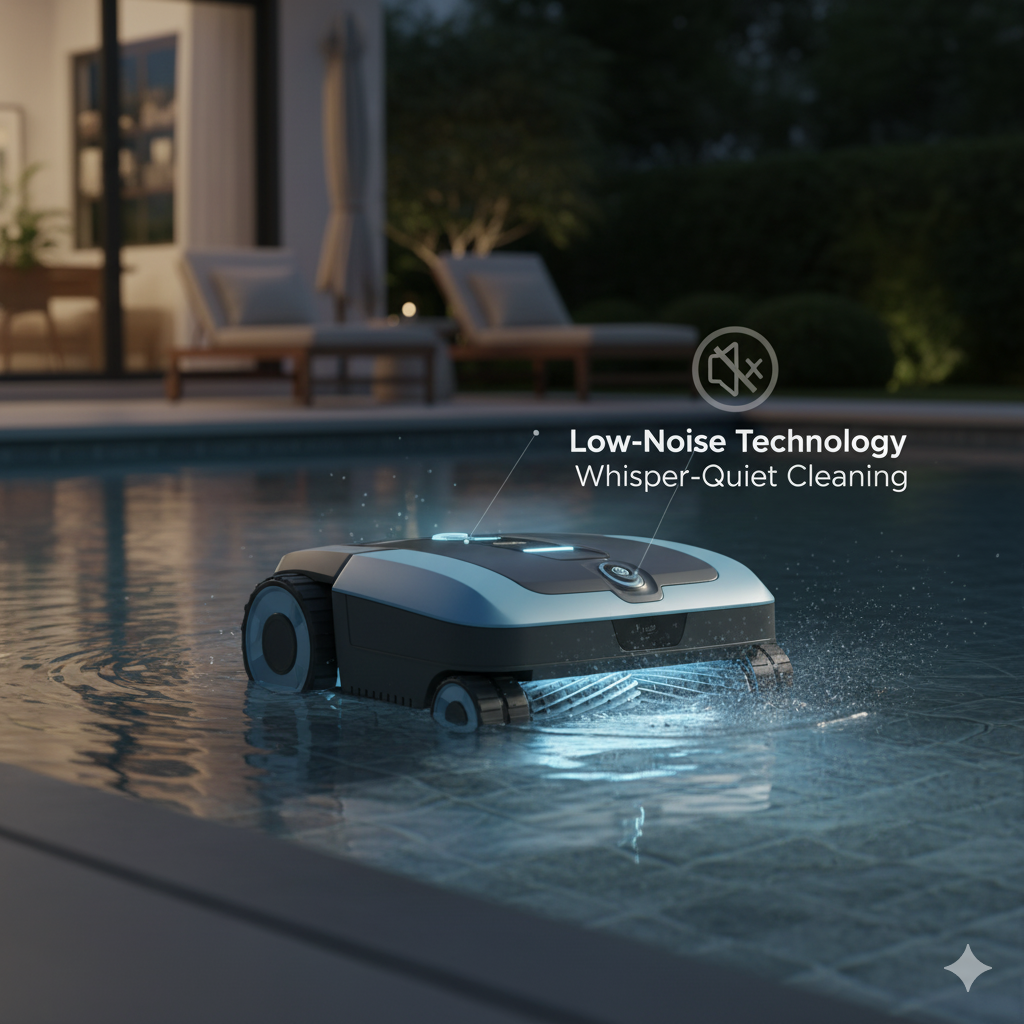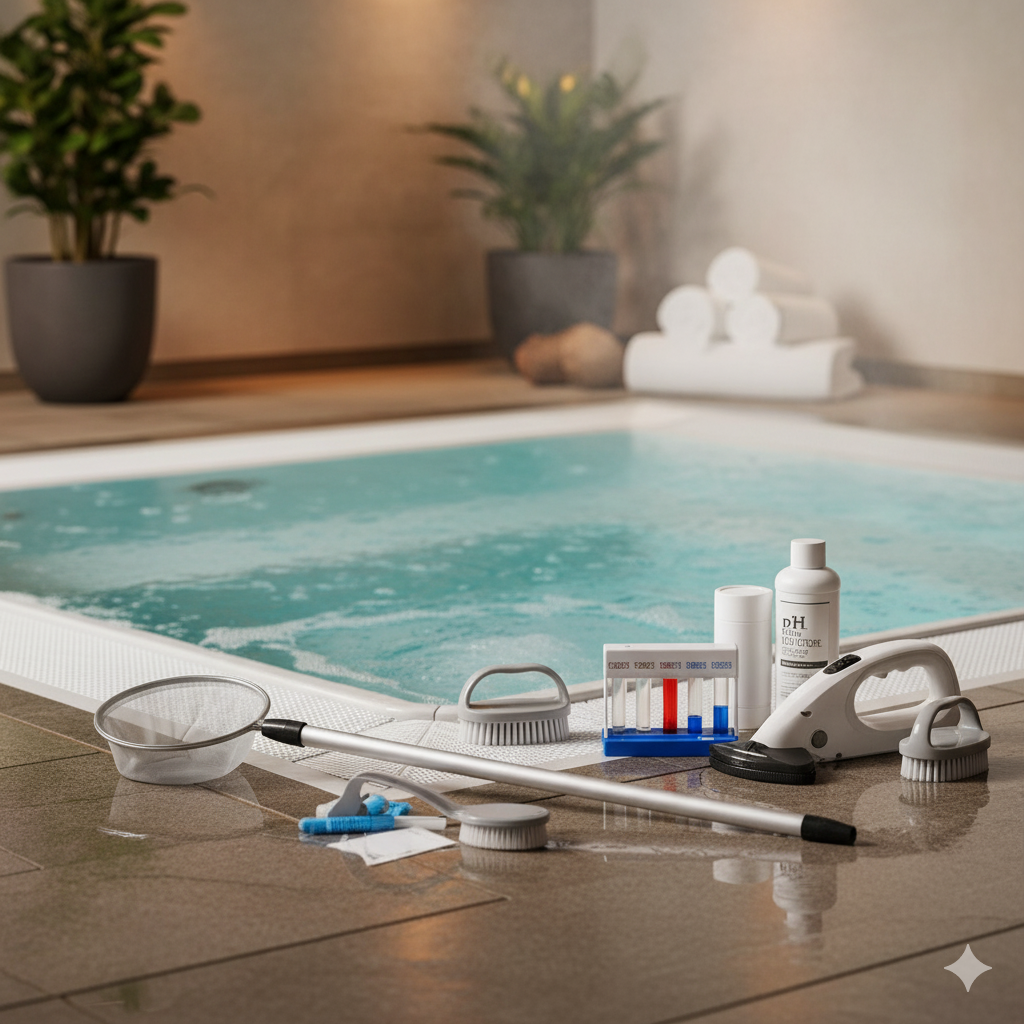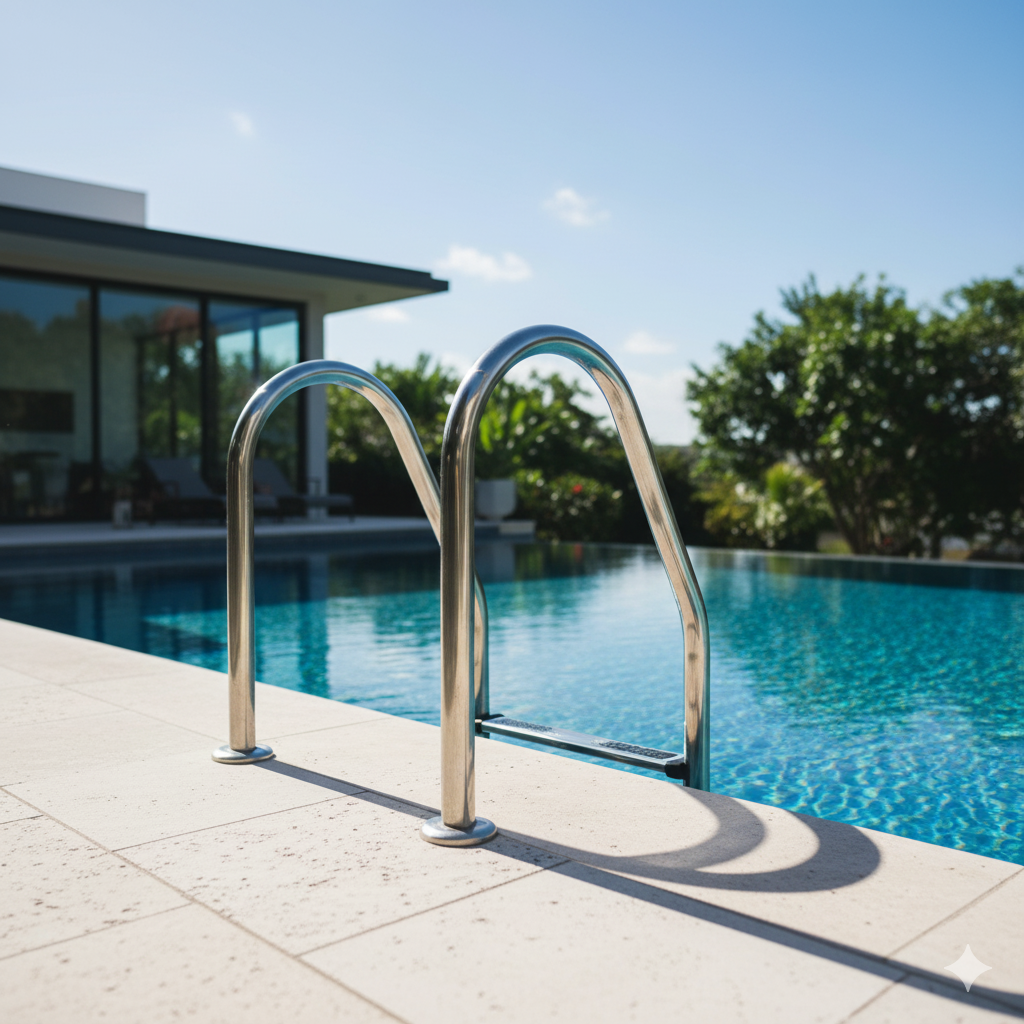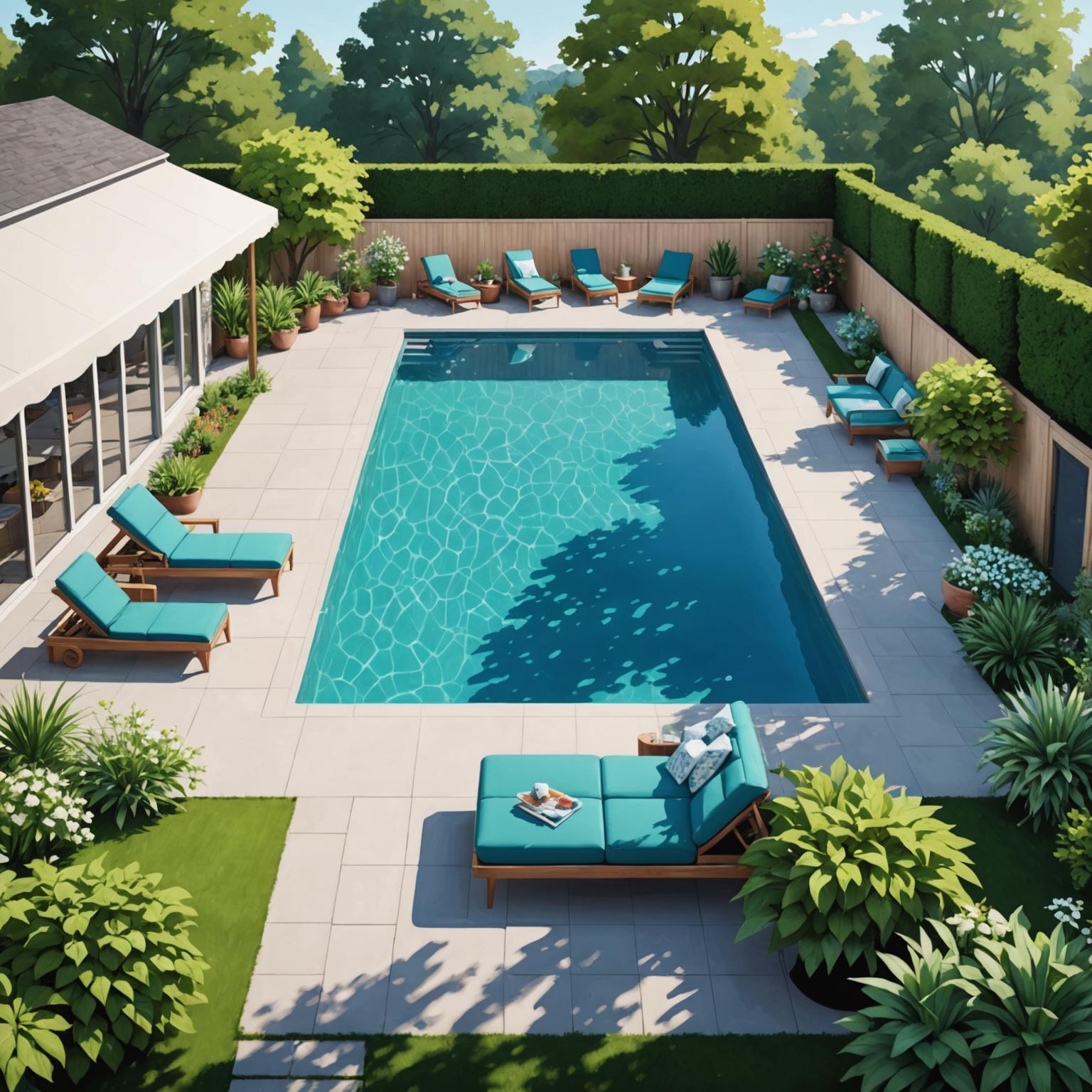
The Hidden Power of Underwater Illumination
Lighting defines more than visibility — it determines the atmosphere, safety, and character of a pool. In modern facilities, LED underwater pool lights have evolved beyond decoration. They are precision-engineered systems that balance optical accuracy, waterproof reliability, and long-term energy efficiency.
Professional exporters are now tasked not only with brightness, but with ensuring uniform luminance and aesthetic harmony across global pool designs.
The Science Behind Submerged Illumination
Traditional halogen or incandescent lighting systems often suffered from uneven brightness, short lifespan, and excessive heat generation. Modern LED underwater pool light exporters integrate optical refraction modeling and sealed thermal dissipation systems, allowing stable illumination in submerged conditions.
Core engineering elements include:
-
Optical beam control: LED chips are positioned to minimize scattering and maximize uniformity.
-
Heat sink integration: Aluminum and ceramic composites dissipate heat, ensuring 50,000+ hours of lifespan.
-
Ingress protection (IP68): Multi-layer sealing prevents condensation and electric leakage.
-
Color calibration: RGB or RGBW control enables precise color mixing without luminance loss.
The result is lighting that performs flawlessly across depths, temperatures, and chemical conditions.
LED vs. Conventional Lighting
| Feature | Halogen Systems | LED Pool Lighting |
|---|---|---|
| Energy Efficiency | High power draw | Up to 80% energy savings |
| Lifespan | 1,000–2,000 hours | 50,000+ hours |
| Maintenance | Frequent bulb replacement | Minimal maintenance |
| Heat Output | High (risk of thermal fatigue) | Low (integrated heat sink) |
| Color Options | Limited (static white/yellow) | Dynamic RGB control |
| Waterproofing | Gasket dependent | Fully encapsulated resin seal |
This evolution marks a turning point: where underwater lighting is no longer a maintenance liability but an asset of design and efficiency.
Applications Across Diverse Pool Environments
Each pool type poses unique challenges — from chemical exposure in public facilities to design expectations in resorts.
Top LED underwater pool light exporters tailor designs to meet these distinct requirements:
| Pool Type | Application Focus | Recommended Lighting Type |
|---|---|---|
| Resort Lagoon Pools | Visual ambience & reflection control | RGB LED with wide-angle diffusion |
| Commercial Pools | Safety and visibility compliance | Neutral white 4000–5000K lights |
| Infinity Edge Pools | Visual continuity and glare reduction | Directional low-beam LED modules |
| SPA & Therapy Pools | Color therapy & low heat emission | RGBW soft tone modules |
This alignment of function and form allows lighting to amplify both the visual experience and operational reliability.
Selecting Reliable LED Underwater Lights
For facility operators or contractors sourcing LED pool lighting systems, several parameters determine long-term performance:
-
IP Rating & Seal Design – Always confirm IP68+ waterproofing certification.
-
Material Composition – Use marine-grade stainless steel or polycarbonate shells to resist corrosion.
-
Lens Type – Tempered glass with anti-glare coating ensures optical clarity.
-
Voltage Range – Opt for 12V/24V systems to minimize underwater risk.
-
Compatibility – Ensure the driver and control system match pool automation networks.
-
Color Rendering Index (CRI) – For hospitality use, CRI ≥ 80 ensures natural color reflection.
When chosen wisely, professional-grade lighting can reduce annual maintenance by over 40% and significantly lower energy costs.
Frequently Asked Questions
Q1: What is the ideal color temperature for public pools?
A balanced range between 4000–5000K ensures clear visibility and natural tone underwater.
Q2: Are LED pool lights suitable for saltwater pools?
Yes. Export-grade lights feature anti-corrosive coatings and sealed components resistant to saline environments.
Q3: Can the lights be connected to smart control systems?
Absolutely. Modern lighting supports DMX or Wi-Fi control for synchronized color and brightness management.
Q4: How often do underwater lights need replacement?
With proper installation, replacement is typically needed every 5–7 years, depending on usage hours.
Illuminating Efficiency and Design Integrity
The new generation of LED underwater pool light exporters stands at the intersection of optical precision, environmental sustainability, and architectural beauty.
Bonny’s production approach focuses on energy balance, thermal safety, and structural resilience, ensuring lighting solutions that not only meet international standards but also elevate pool environments globally.
For tailored lighting designs or large-scale procurement inquiries, visit Bonny’s official homepage or contact us directly for professional consultation and OEM support.






